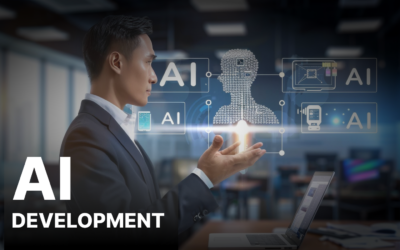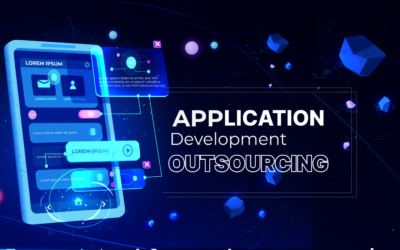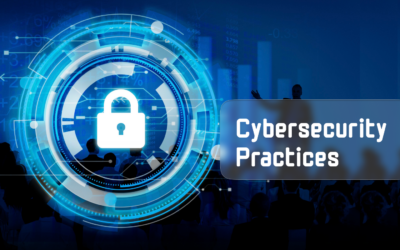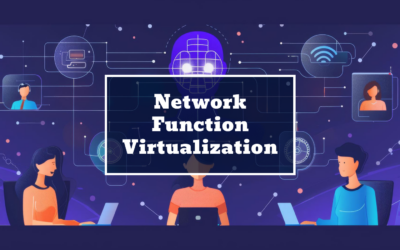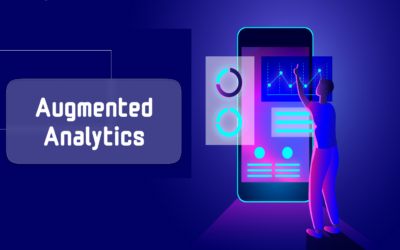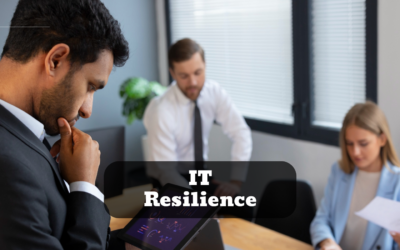Top 10 Software Development Trends in 2023
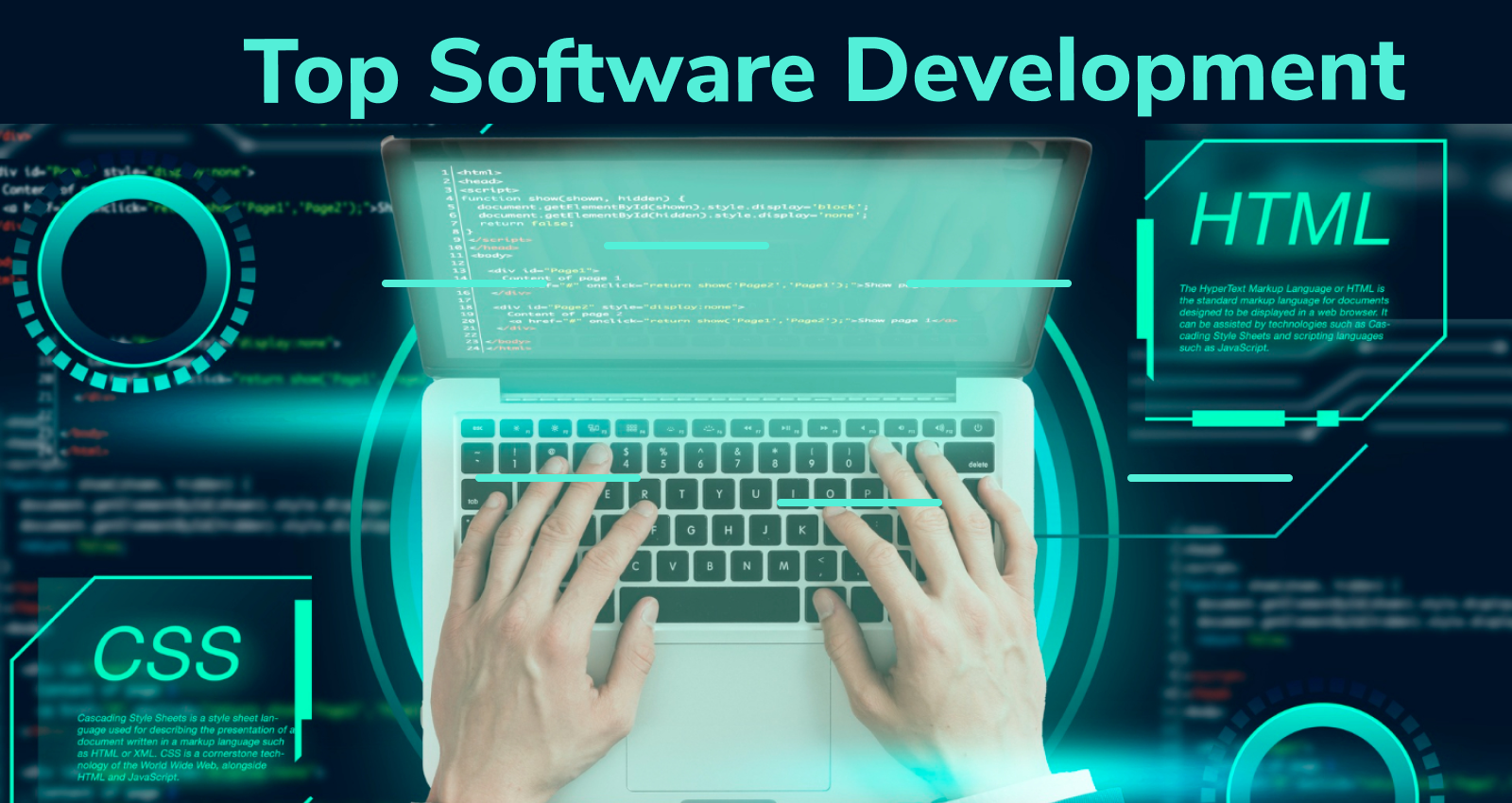
Introduction:
In the rapidly evolving world of technology, staying updated with the latest software development trends is crucial for businesses aiming to stay competitive and relevant. In 2023, several exciting trends are shaping the landscape of software development, offering new possibilities and opportunities.
In this blog, we’ll explore the top 10 software development trends for 2023 and discuss how these trends can positively impact businesses. Whether you’re a startup or an established enterprise, embracing these trends can help you drive innovation and growth.
1. Augmented Reality:
Augmented Reality (AR) is no longer limited to gaming and entertainment. It’s now making its mark in industries such as healthcare, retail, and education. AR applications enhance user experiences by overlaying digital information on the real world. For instance, AR-powered shopping apps allow customers to visualize products in their physical space before making a purchase, leading to increased engagement and higher sales.
- A survey by Google found that 6 out of 10 people want to be able to visualize how a product could fit into their lives before making a purchase.
- In 2020, global AR advertising revenue grew to $1.41 billion, nearly triple the 2019 figure. According to ARtillery Intelligence, global AR ad revenue could reach $8.02 billion by the end of 2024.
2. Blockchain:
Blockchain technology continues to disrupt traditional industries by providing secure and transparent solutions for data management. Its applications range from supply chain management and digital identity verification to decentralized finance (DeFi). Blockchain’s ability to ensure data integrity and immutability is driving its adoption across various sectors, enhancing trust and reducing intermediaries.
The thing is that this distributed, decentralized system provides an exceptional level of security and transparency for various transactions and can be applicable to many business sectors.
3. Cloud Computing:
Cloud computing remains a cornerstone of modern software development. It enables businesses to scale their operations efficiently, reduce costs, and improve collaboration. With the rise of edge computing, which brings processing closer to data sources, businesses can achieve real-time insights and quicker response times.
It should be noted that the demand for cloud services and tools has grown due to the necessity to facilitate remote work.
4. DevSecOps:
DevSecOps integrates security practices into the software development lifecycle, ensuring that security is a shared responsibility among development, security, and operations teams. This trend emphasizes the early detection and resolution of security vulnerabilities, reducing the risk of breaches and ensuring smoother deployments.
What is the difference between DevOps and DevSecOps?
DevOps implies tight collaboration between the teams of developers and IT operations based on agile approaches (CI/CD). The ultimate goal is to ensure that working software is delivered to users quickly. DevOps suggests using robust, automated processes that provide rapid feedback to create a continuous improvement cycle. Today, DevOps can be understood as the methodology, culture, or a set of tools for agile development.
DevSecOps is the evolution of DevOps. This approach alters the traditional role of the security department in code development. Earlier, QA specialists joined the process after the completion of the main development stage. Under the DevSecOps approach, their participation is a must at all stages.
5. Internet of Things (IoT):
IoT continues to connect devices and systems, enabling data-driven decision-making. From smart homes to industrial automation, IoT’s impact is widespread. Businesses can harness IoT data to optimize processes, improve customer experiences, and create new revenue streams through data-driven services.
Another crucial aspect of the IoT industry is edge computing. Over the past year, more organizations have been moving their analytics and decision-making from centralized cloud platforms to edge computing.
6. JavaScript for Web App Development:
JavaScript remains a dominant programming language for web app development. With frameworks like React, Angular, and Vue.js, developers can create interactive and dynamic user interfaces, delivering seamless user experiences across devices.
7. Low-Code/No-Code Software Development:
Low-code/no-code platforms empower individuals with varying technical skills to create applications without extensive coding knowledge. This democratization of development accelerates the app development process, enabling businesses to bring solutions to the market faster.
- 80% of respondents believe that the low-code approach can free up developers so that they can work on higher-level projects.
- 72% of low-code developers create software apps two times quicker than those using traditional development.
- The global value of the low-code development platform market is projected to be $46.4 billion by 2026, growing at a CAGR of 25% during this period.
8. Microservices Architecture:
Microservices architecture breaks down applications into smaller, manageable services that can be developed, deployed, and scaled independently. This modular approach enhances agility, making it easier to update and maintain specific parts of an application without affecting the entire system.
In 2022, 85% of companies were switching their apps to a microservices architecture, according to the survey conducted by Solo.io and ClearPath Strategies. Experts predict that the number of companies using microservices and Kubernetes will grow even further.
9. Progressive Web Applications (PWAs):
PWAs combine the best of web and mobile applications, offering fast loading times, offline functionality, and native-like experiences. They eliminate the need for separate development for different platforms, reducing costs and development complexity.
PWA development and maintenance is more cost-efficient for companies, so more startups and small businesses will be inclined to choose this type of software.
10. Python:
Python’s simplicity and versatility have solidified its position as a popular programming language. From web development to data analysis and machine learning, Python’s wide range of libraries and frameworks makes it an ideal choice for various projects.
Python has been rushing to the top of that list, and in December 2021, it managed to become the leader.
How Does Software Development Help a Business?
Software development plays a pivotal role in shaping a business’s success in several ways:
- Enhanced Efficiency: Custom software solutions streamline processes, automate tasks, and eliminate manual errors, leading to increased operational efficiency.
- Improved Customer Experience: Software applications can be tailored to meet specific customer needs, resulting in better user experiences and increased customer satisfaction.
- Innovation and Competitive Advantage: By adopting the latest trends, businesses can innovate and differentiate themselves from competitors, staying ahead in the market.
- Data-Driven Insights: Software applications collect and analyze data, providing valuable insights that guide strategic decisions and reveal opportunities for growth.
- Scalability: Scalable software solutions can accommodate business growth without disruptions, ensuring seamless expansion.
- Cost Savings: Automation and process optimization lead to cost savings in the long run, balancing the initial investment in software development.
- Global Reach: Digital solutions enable businesses to reach a global audience, breaking geographical barriers and expanding market reach.
Conclusion:
In the dynamic world of software development, staying attuned to trends is essential for businesses to thrive. The top 10 software development trends in 2023, including Augmented Reality, Blockchain, Cloud Computing, DevSecOps, IoT, JavaScript, Low-Code/No-Code, Microservices, PWAs, and Python, offer diverse opportunities for innovation and growth.
By embracing these trends, businesses can enhance efficiency, customer experiences, and competitive advantage, ultimately driving success in a technology-driven landscape. Stay curious, stay informed, and harness the power of software development to transform your business for the better.
Are you looking for any IT Services such as Web design and Development, Professional/Staff Augmentation Services, Cloud Computing, Mobile App Development, Digital Marketing Services and more? Connect Stridefuture Technology, which helps to meet your requirements.
{StrideFuture Technology, a full-service company specializing in Software Solutions and Consultancy services. We specialize in Personal, Business, IT Services, Web design and Development, Mobile App Development, Digital Marketing Services, and much more you can dream Virtually with us! Reach out for more service at StrideFuture Technology.}



